Mobility Training – The key to a healthy and flexible body
Why is mobility training so important?
Mobility training is much more than just stretching.
It's about increasing joint mobility, improving muscle flexibility, and simultaneously promoting body stability.
Unlike pure strength training or static stretching, mobility training combines flexibility with strength and coordination.
The most important advantages
-
Injury prevention
Stronger and more mobile joints minimize the risk of injury.
-
Better performance
Greater mobility leads to a better range of motion in compound exercises like squats, deadlifts, or overhead presses.
-
Everyday fitness
Improved mobility makes everyday activities like bending, lifting, and reaching easier.
-
Regeneration & recovery
Promotes circulation and accelerates recovery after intense training sessions.
-
Long-term health
Prevents poor posture and chronic pain.
Scientific Background
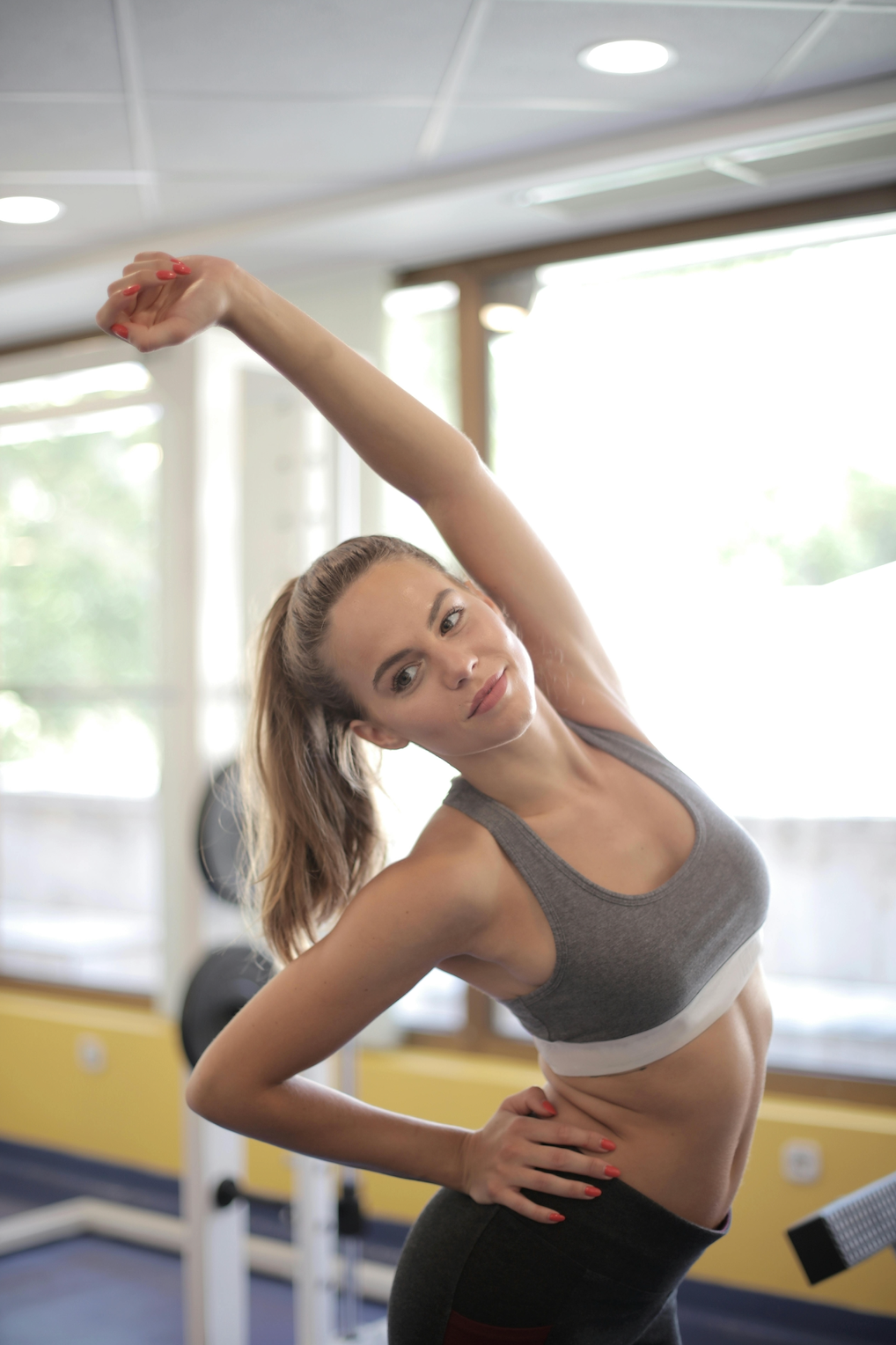
Scientific Background
Range of Motion
The goal is to restore and maintain the natural range of motion of the joints over the long term.
Mobility training increases the active range of motion through targeted dynamic stretches and controlled movements.
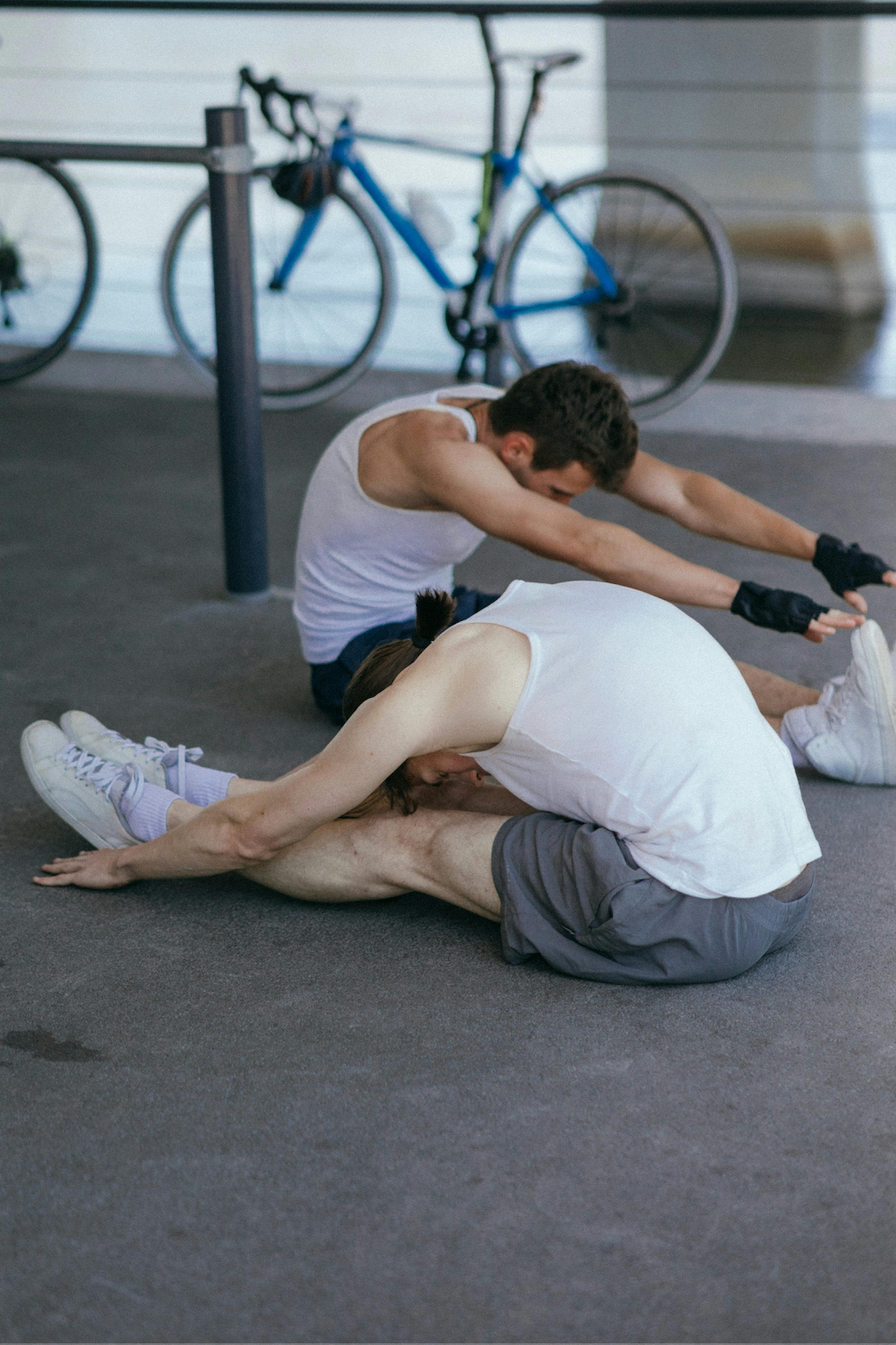
Scientific Background
Joint Mobility & Muscle-Fascia System
Joints: Mobility training promotes synovial fluid, which acts as a synovial lubricant and reduces friction.
Muscles & Fascia: Active movements make the fascia (the connective tissue covering the muscles) more elastic and resilient.
Nervous System: Regular mobility training improves proprioception (body awareness) and increases coordination.
Did you know that mobility training not only improves your flexibility, but also prevents injuries and accelerates recovery? Targeted mobilization exercises keep your body supple, resilient, and efficient – no matter your age!
The best exercises for mobility training
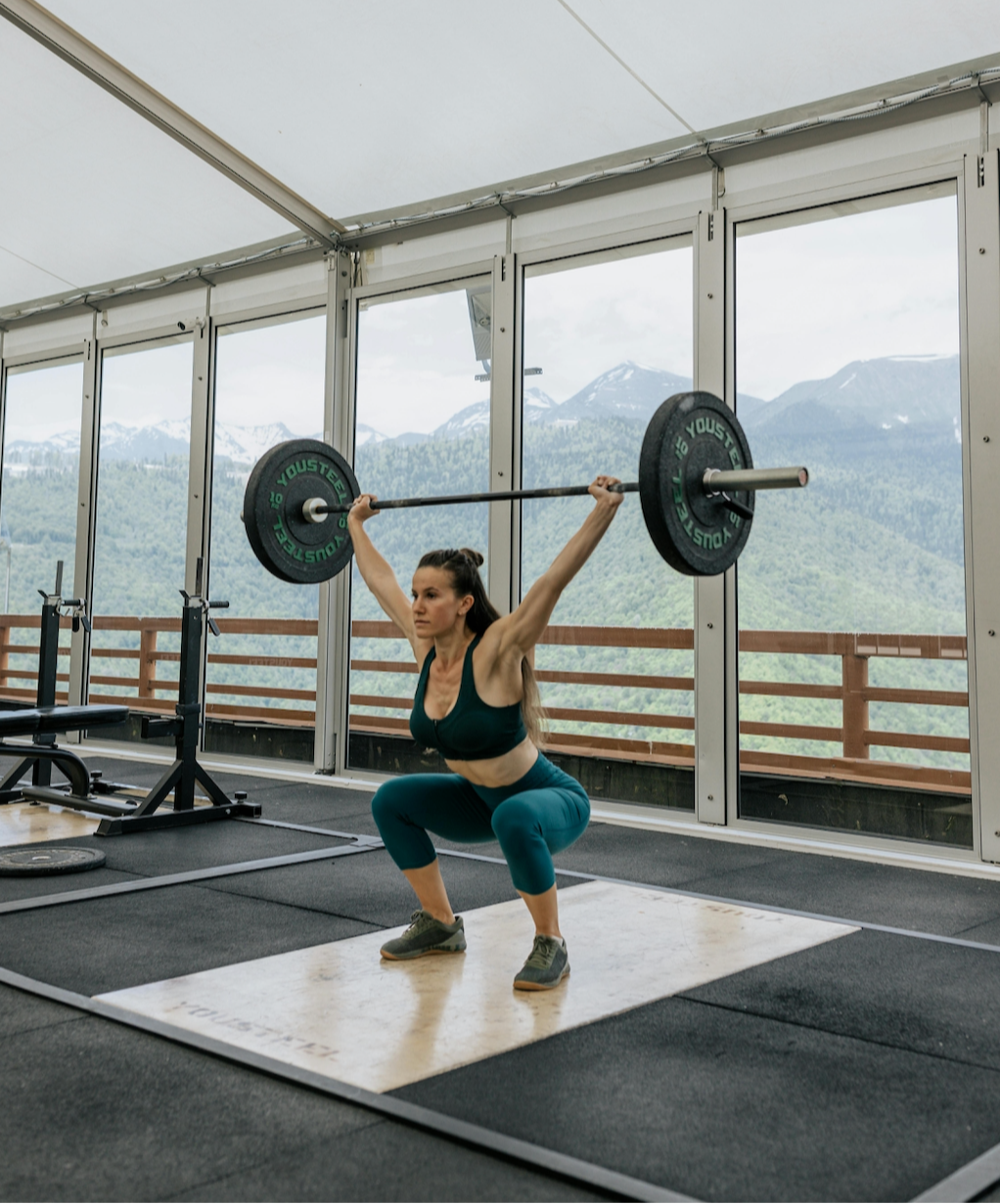
best exercises
Squats with overhead extension
Goal: Hip, knee, and shoulder mobility
Why: Promotes coordination and stability in complex movements.
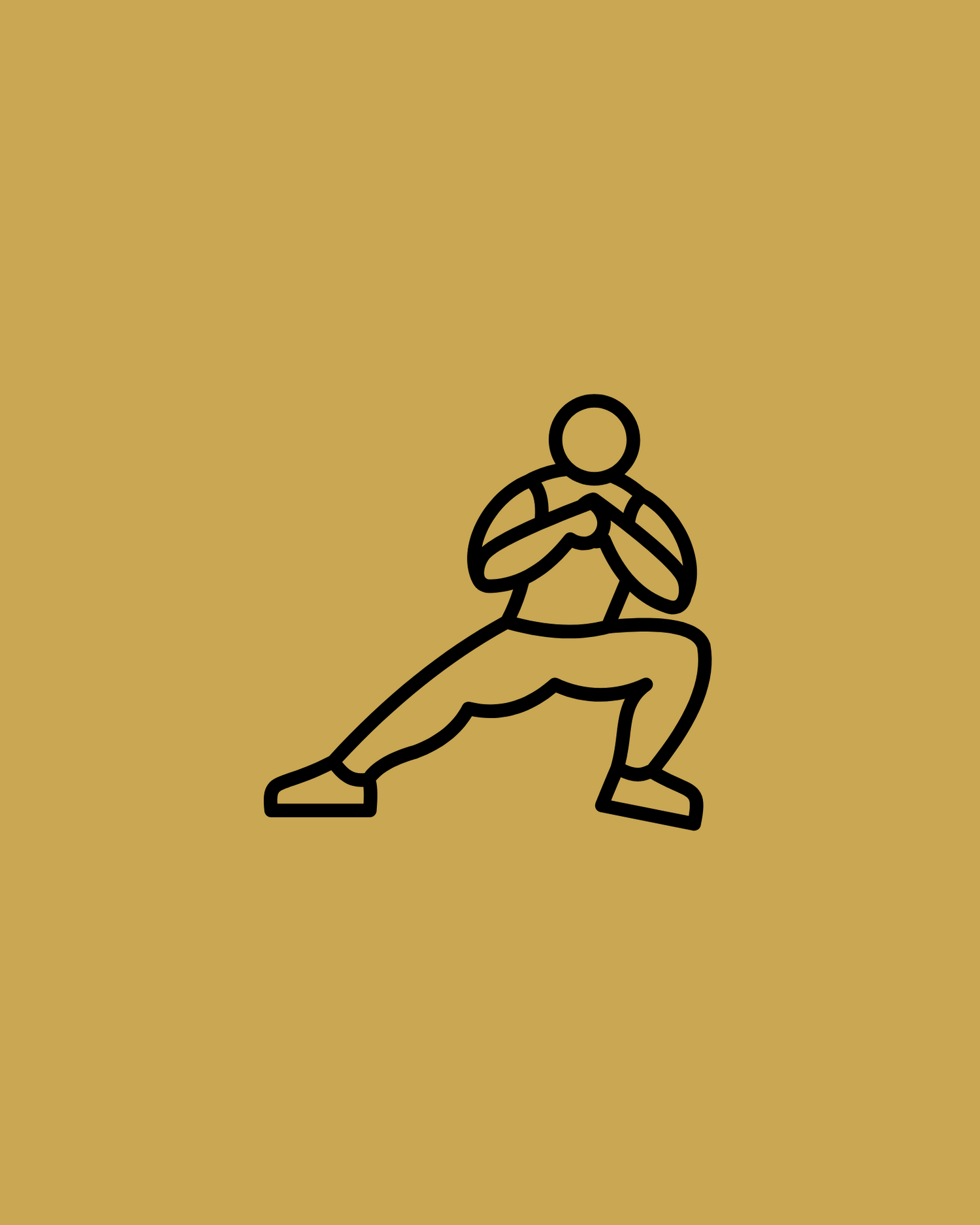
best exercises
Hip Mobilization (90/90 Stretch)
Goal: Mobility of the hip flexors and glutes
Why: Reduces tension in the lower back and improves hip rotation.
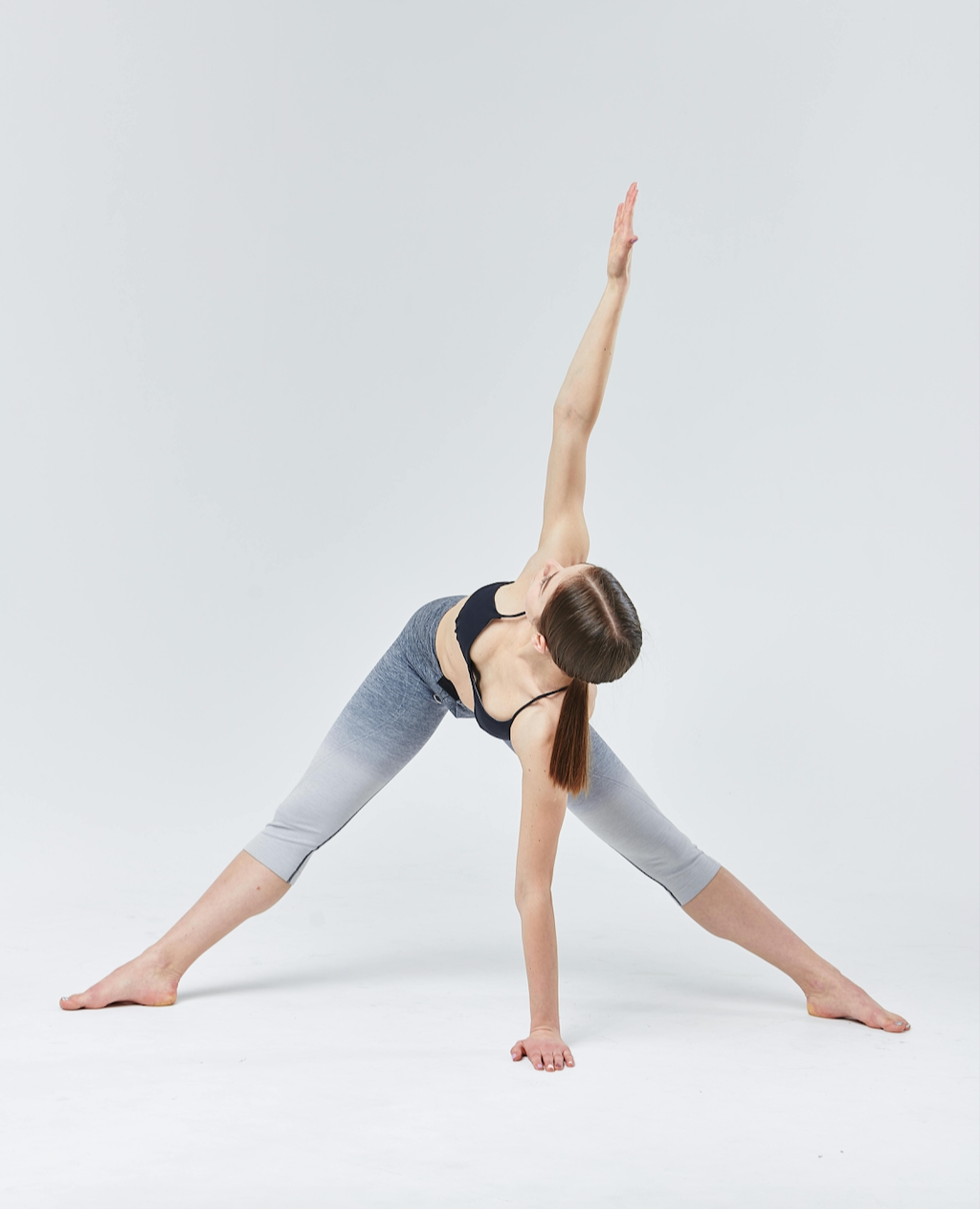
best exercises
Thoracic Rotation
Goal: Mobility in the upper back and torso
Why: Prevents tension in the shoulder and neck area.

best exercises
Shoulder Circles with a Bar
Goal: Shoulder and chest mobility
Why: Helps combat shoulder shortening caused by desk work.

best exercises
Cat-Cow Stretch
Goal: Spinal mobility
Why: Promotes flexibility and relieves tension in the lower back.
Did you know that mobility training is the key to a pain-free life?
When you stretch and mobilize regularly, you not only reduce your risk of injury—you also free your body from muscular blockages that burden you in everyday life. Imagine: A supple, flexible body that moves freely and effortlessly—that's true quality of life!
Dynamic mobility with kettlebells – strength meets mobility
Mobility training isn't just static stretching—dynamic and functional movements also contribute to flexibility.
One of the most effective methods for simultaneously promoting mobility, strength, and stability is kettlebell training.

Benefits of kettlebell integration
Mobility training isn't just static stretching—dynamic and functional movements also contribute to flexibility.
One of the most effective methods for simultaneously promoting mobility, strength, and stability is kettlebell training.
How do you effectively integrate mobility training?
-
Before training
As a warm-up routine to prepare the joints.
-
After training
To promote recovery and muscle relaxation.
-
Standalone session
Once or twice a week for 20-30 minutes as a focused mobility workout.
-
Everyday life
Short mobility sessions (5-10 minutes) as part of your morning routine or during work breaks.
Common mistakes in mobility training
-
Common mistakes
❌ Too static: Only static stretching is less effective than dynamic movements.
❌ Too fast: Movements should be performed in a controlled and deliberate manner.
❌ Too one-sided: Don't just work on one part of the body – mobility is holistic.
❌ Lack of regularity: Only consistent training will bring progress.
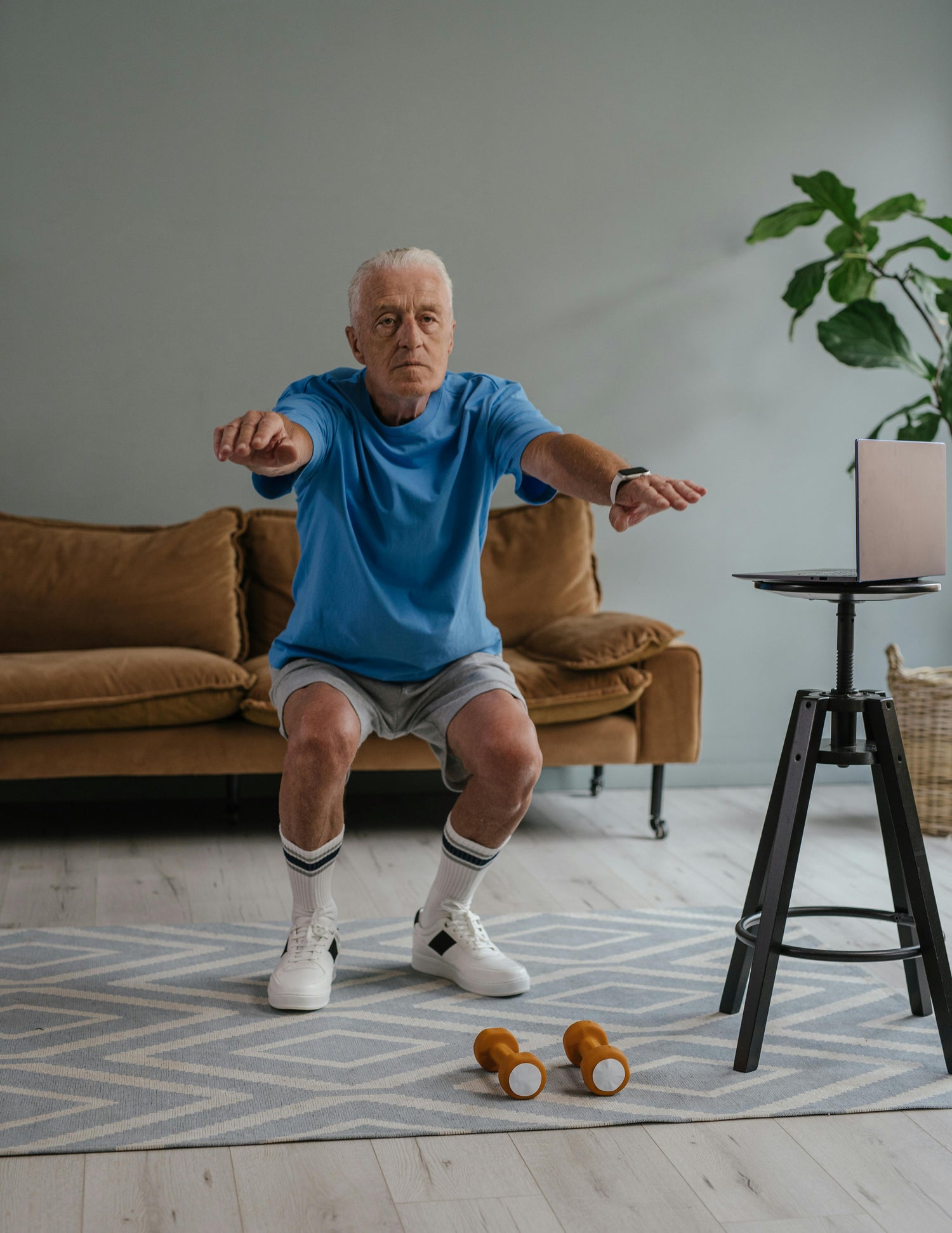
Why stick with it?
Mobility training isn't a quick fix, but a process.
But the long-term improvements in mobility, pain relief, and performance are more than worth it.
Every little bit of progress counts and makes everyday life noticeably more pleasant.
Take the opportunity to do something good for your body – a little bit every day!
Conclusion
Mobility training is an essential component of a holistic training approach.
It not only improves the quality of movement but also contributes significantly to health and well-being.
Whether as a standalone workout or as part of your warm-up, the positive effects will enrich your everyday life!
